Jakob Tuggener (1904-1988) published Fabrik (Factory) in 1943, when factories in ‘neutral’ Switzerland were producing weapons for the armies of Europe. Tuggener’s photos reveal his fascination with machinery and humanity’s relationship with it. You can almost hear the din of the looms, lathes, furnaces, typewriters and turbines as mankind produces killing machines.
![Jakob Tuggener (1904-1988) Nell’ufficio della fonderia, fabbrica di costruzioni meccaniche Oerlikon [In the foundry office, Oerlikon mechanical engineering factory] 1937](https://flashbak.com/wp-content/uploads/2018/04/Jakob-Tuggener-Factory-Switzerland-19.jpg)
Nell’ufficio della fonderia, fabbrica di costruzioni meccaniche Oerlikon [In the foundry office, Oerlikon mechanical engineering factory]. 1937
A trained draftsman from his time at Maag Zahnräder AG in Zurich, Jakob Tuggner also worked for the company’s design department. Photographer Gustav Maag soon after introduced him to photography. The crisis in the late 1920s, led to Tuggener’s unemployment. But from adversity came opportunity, and Tuggener enrolled to study art at the Reimannschule in Berlin. There he learnt about poster design, typography and film. In 1932, he returned to Switzerland, finding work at the Maschinenfabrik Oerlikon (MFO) and its in-house newspaper Der Gleichrichter (The Rectifier). He was detailed to take portraits of “the MFO family” and photograph everyday moments in the factory.
In 1943, his self-published photo book Fabrik (72 photographs) was not a hit. Undaunted, Tuggner produced two more photo books: Schwarzes Eisen (Black Iron) (1950) and Die Maschinenzeit (The Machine Time) (1952). All are now highly prized.
![Jakob Tuggener (1904-1988) Navy Cut, Ateliers de construction mécanique Oerlikon (MFO) [Navy Cut, Machine Shops Oerlikon (MFO)] 1940](https://flashbak.com/wp-content/uploads/2018/04/Jakob-Tuggener-Factory-Switzerland-17.jpg)
Jakob Tuggener (1904-1988)
Navy Cut, Ateliers de construction mécanique Oerlikon (MFO) [Navy Cut, Machine Shops Oerlikon (MFO)]
1940
![Jakob Tuggener (1904-1988) Laboratorio di ricerca, fabbrica di costruzioni meccaniche Oerlikon [Research laboratory, Oerlikon mechanical engineering factory] 1941](https://flashbak.com/wp-content/uploads/2018/04/Jakob-Tuggener-Factory-Switzerland-14.jpg)
Laboratorio di ricerca, fabbrica di costruzioni meccaniche Oerlikon [Research laboratory, Oerlikon mechanical engineering factory]
1941

Jakob Tuggener (1904-1988)
Jacob Tuggener at the popular pavillion Montpellier manufactures an epic of industrial photographs of workers’ portraits
Montpellier magazine
1943
Via: ArtBlart; Fabrik 1933–1953 at MAST Foundation. But the book here.
Would you like to support Flashbak?
Please consider making a donation to our site. We don't want to rely on ads to bring you the best of visual culture. You can also support us by signing up to our Mailing List. And you can also follow us on Facebook, Instagram and Twitter. For great art and culture delivered to your door, visit our shop.
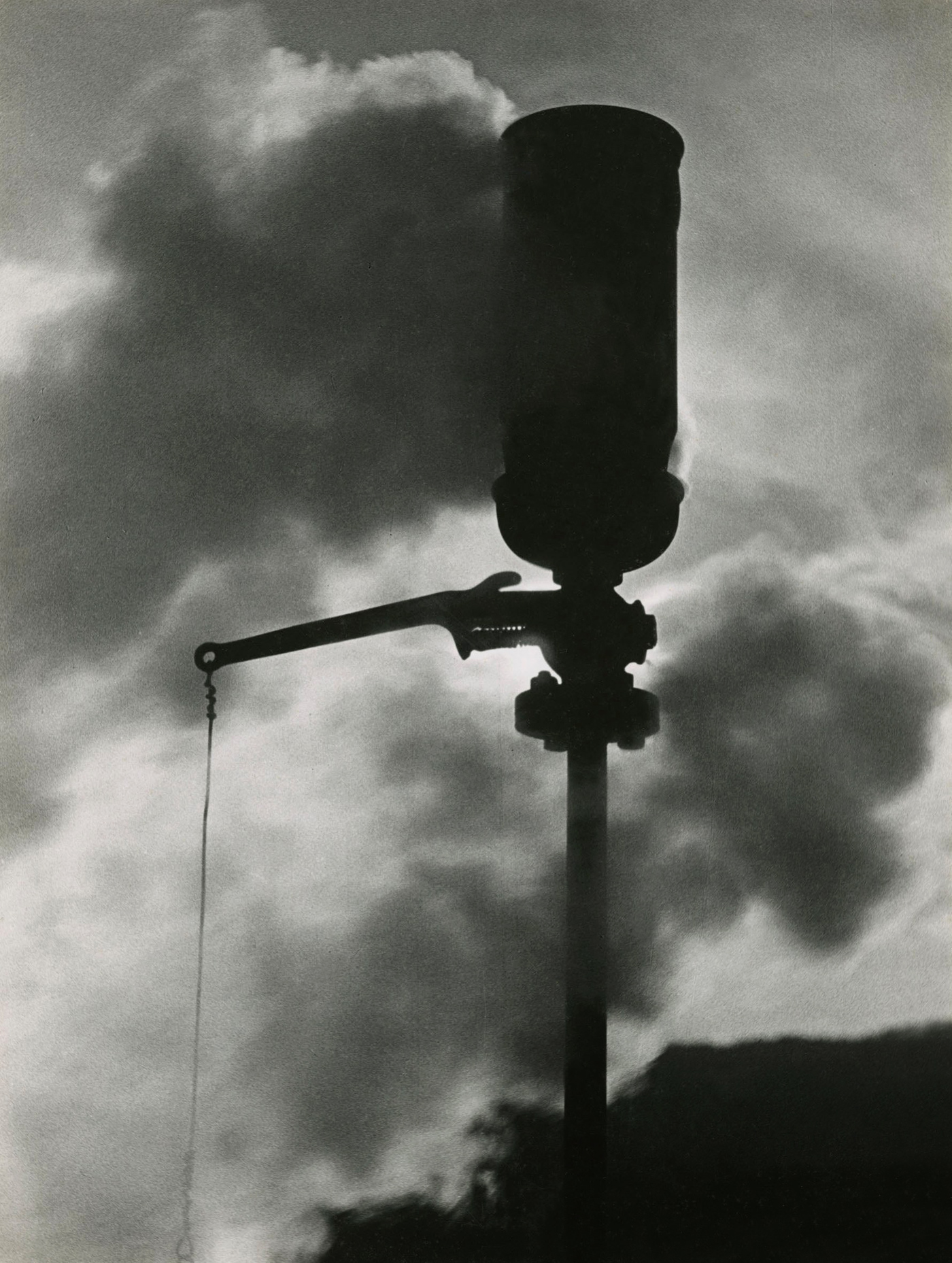

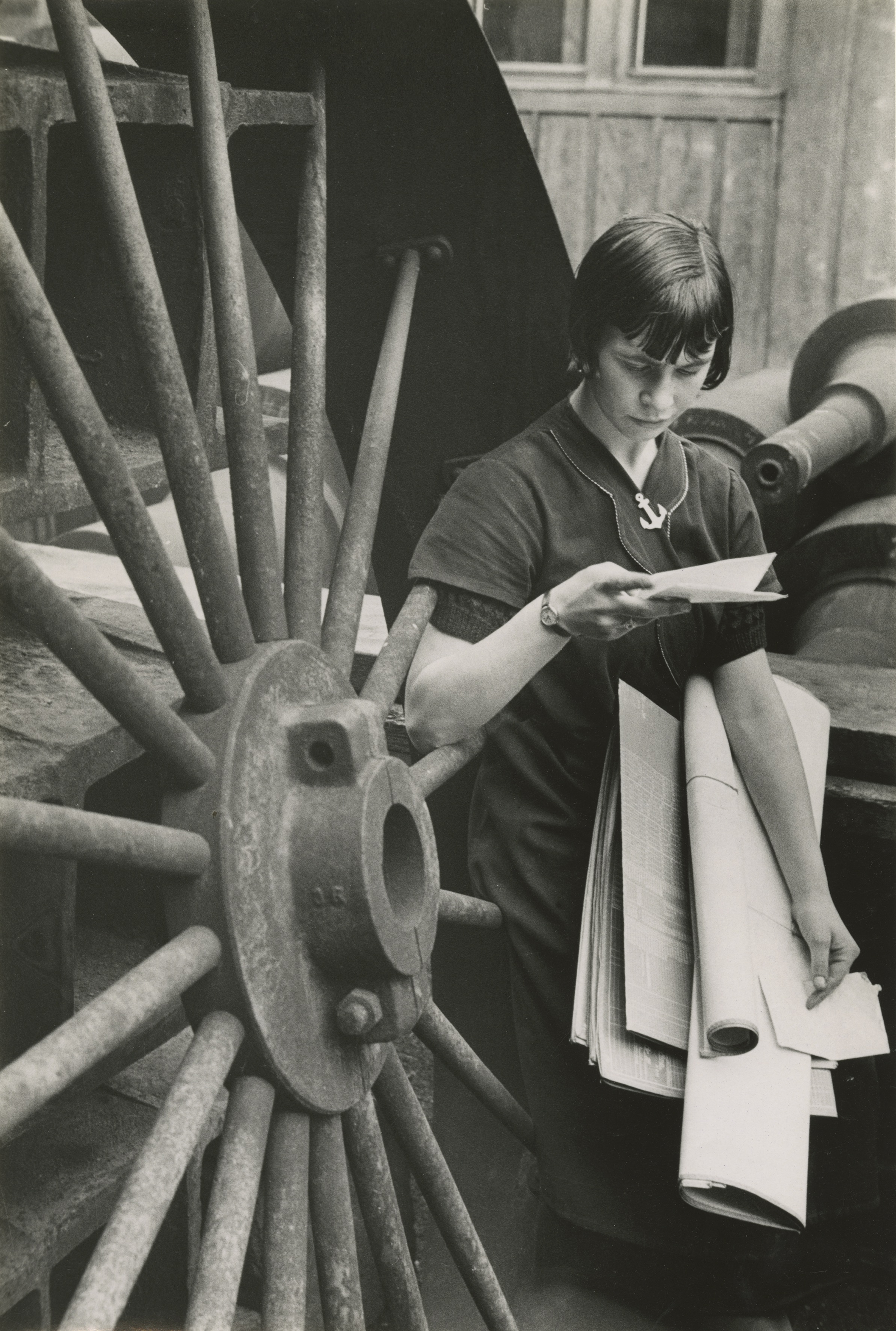
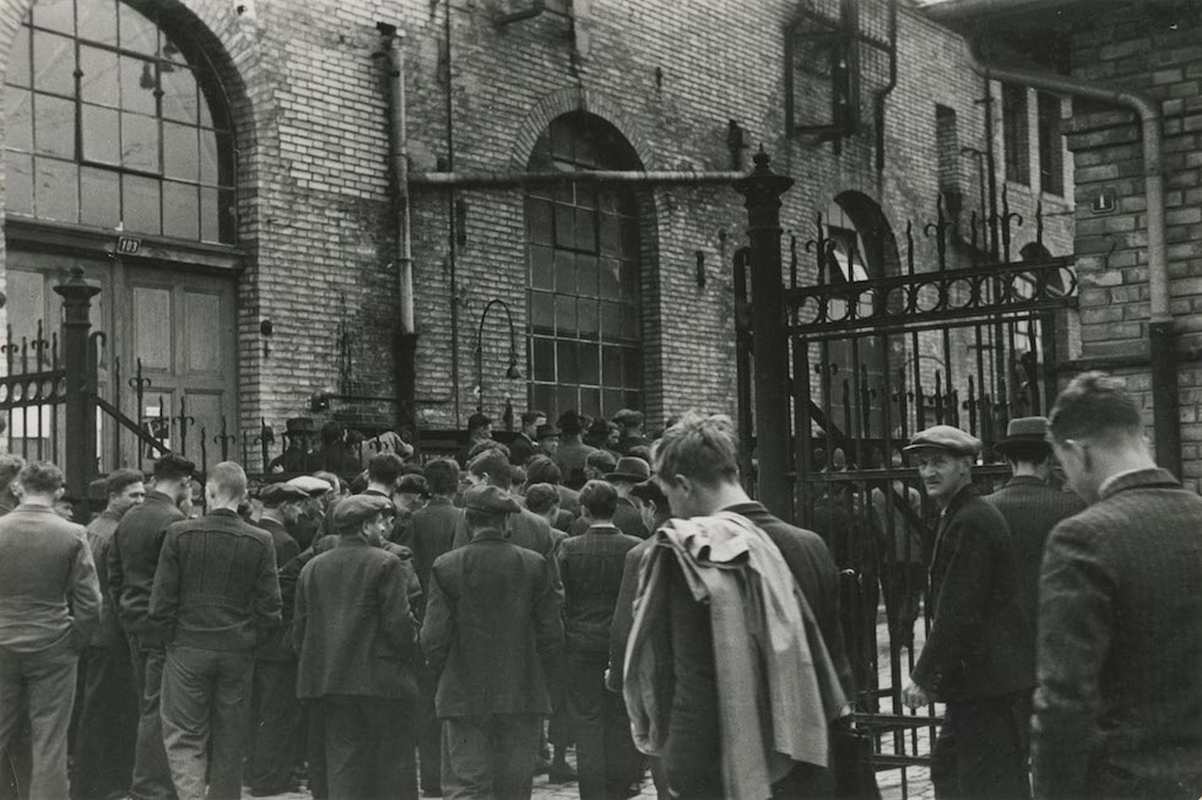
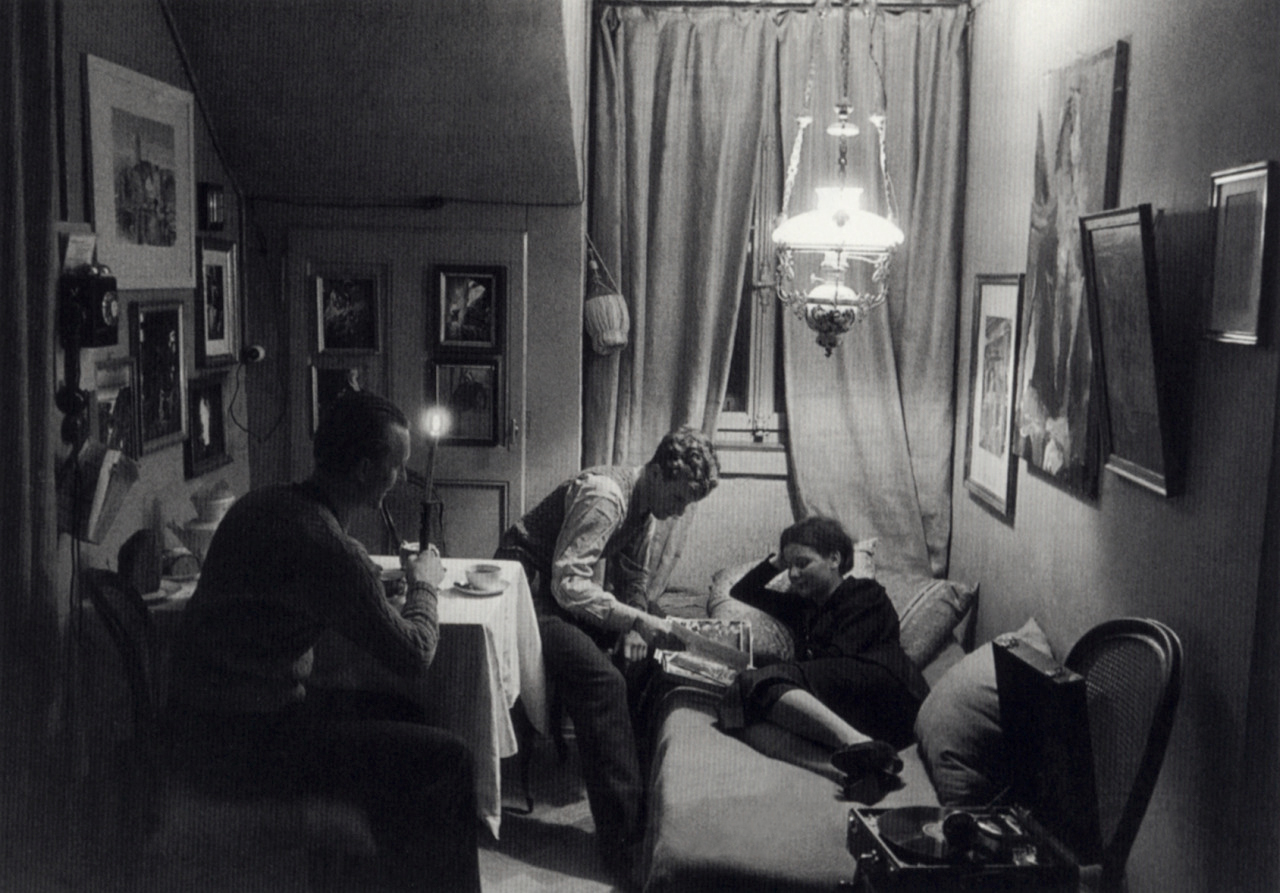
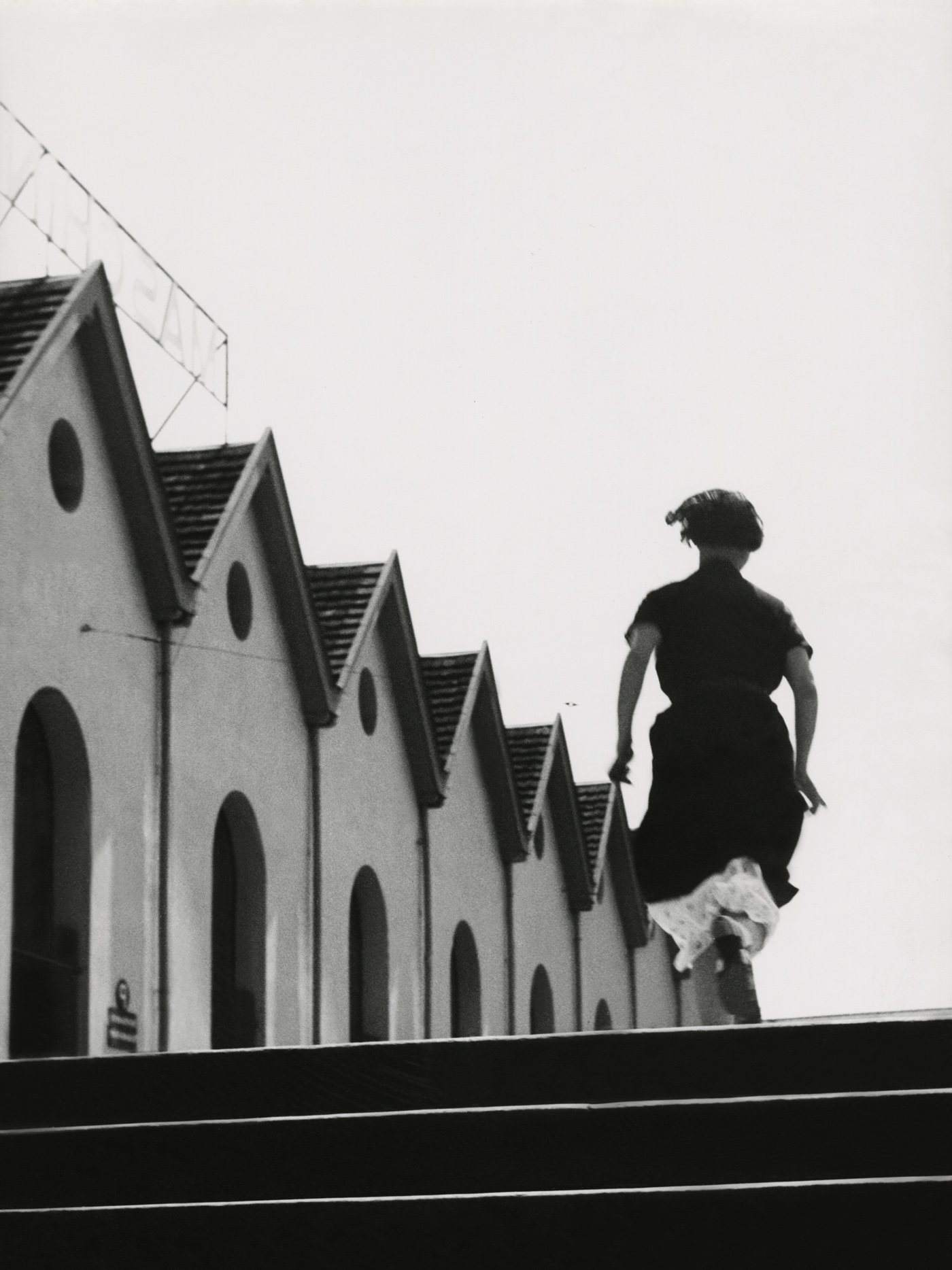
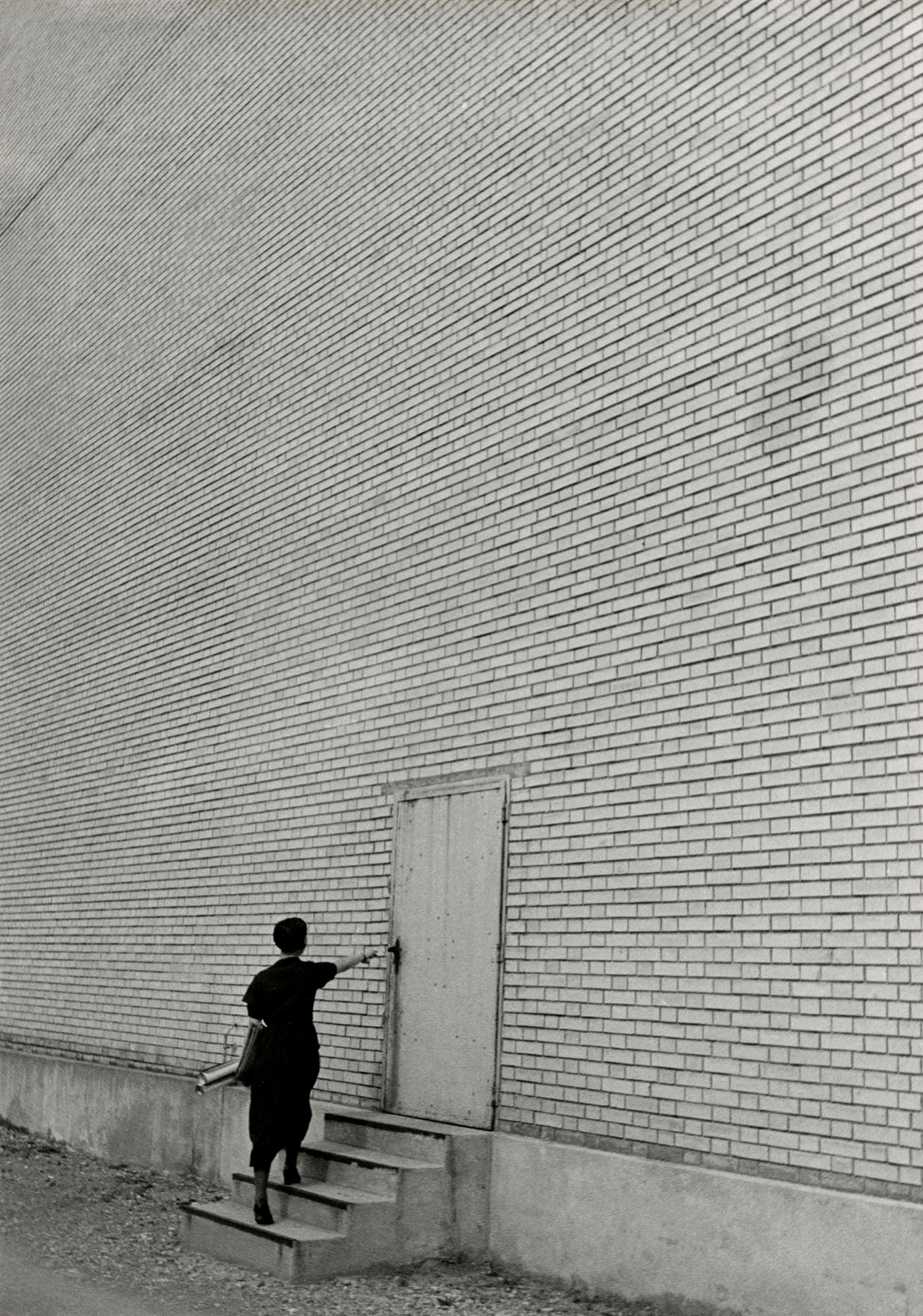
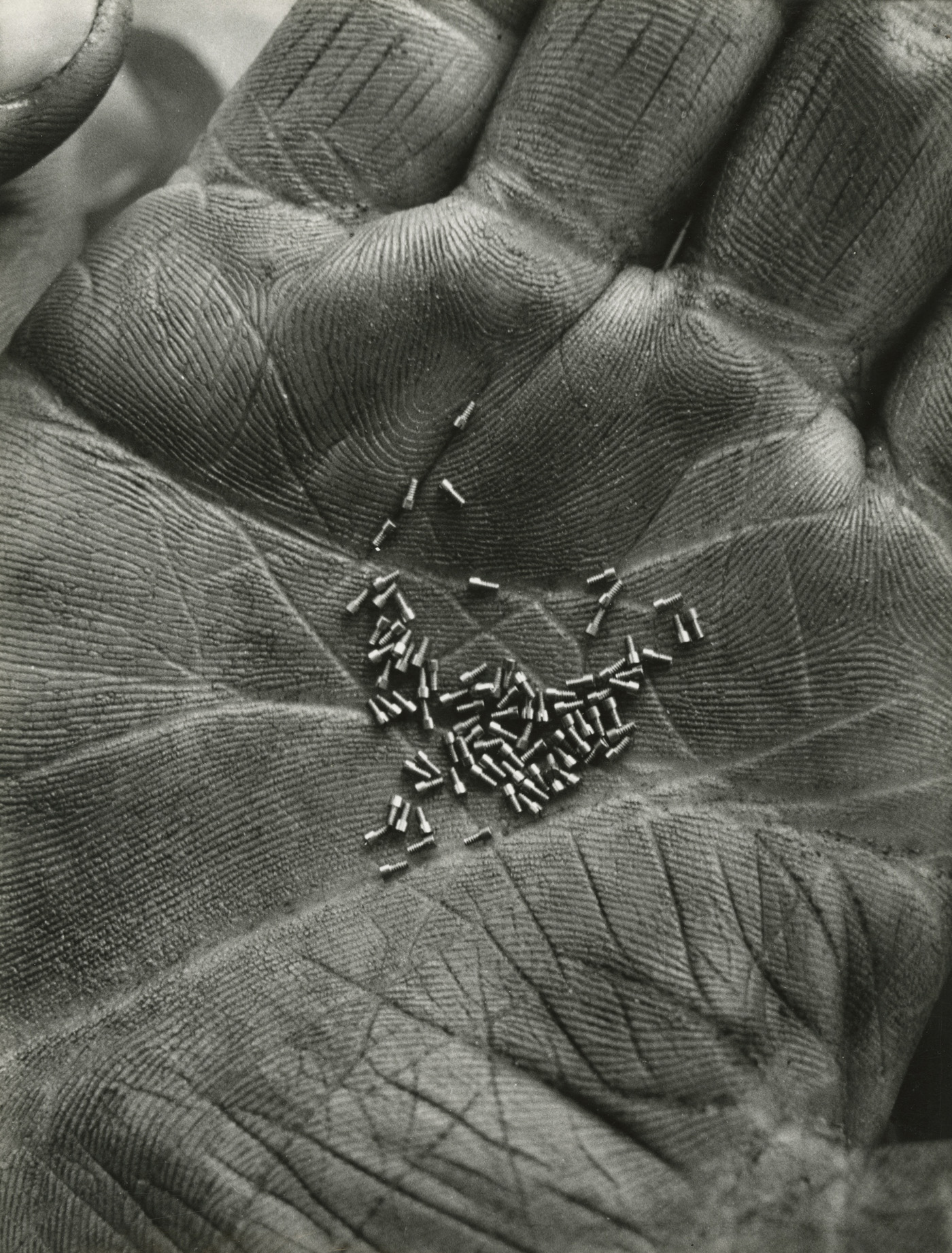
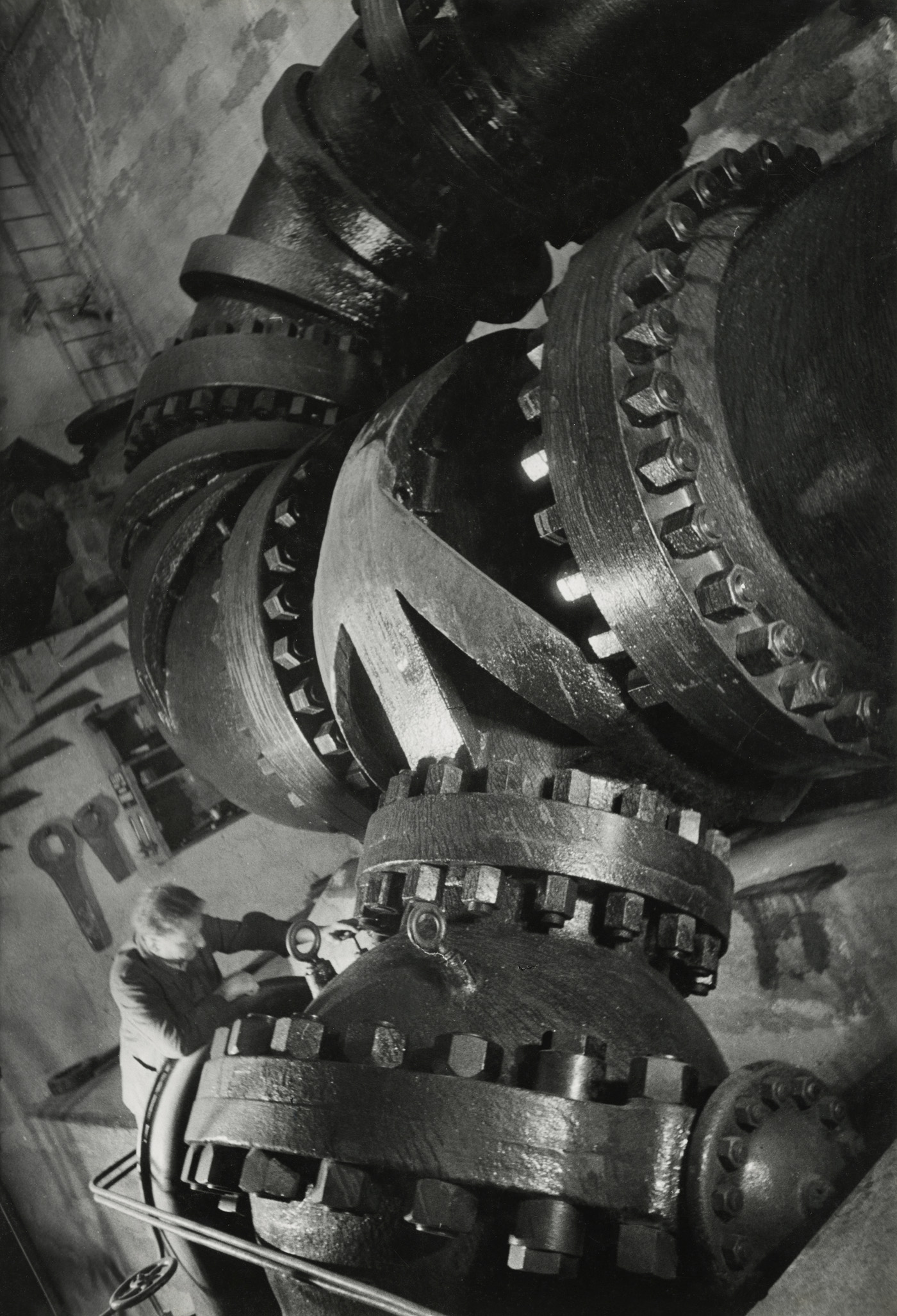
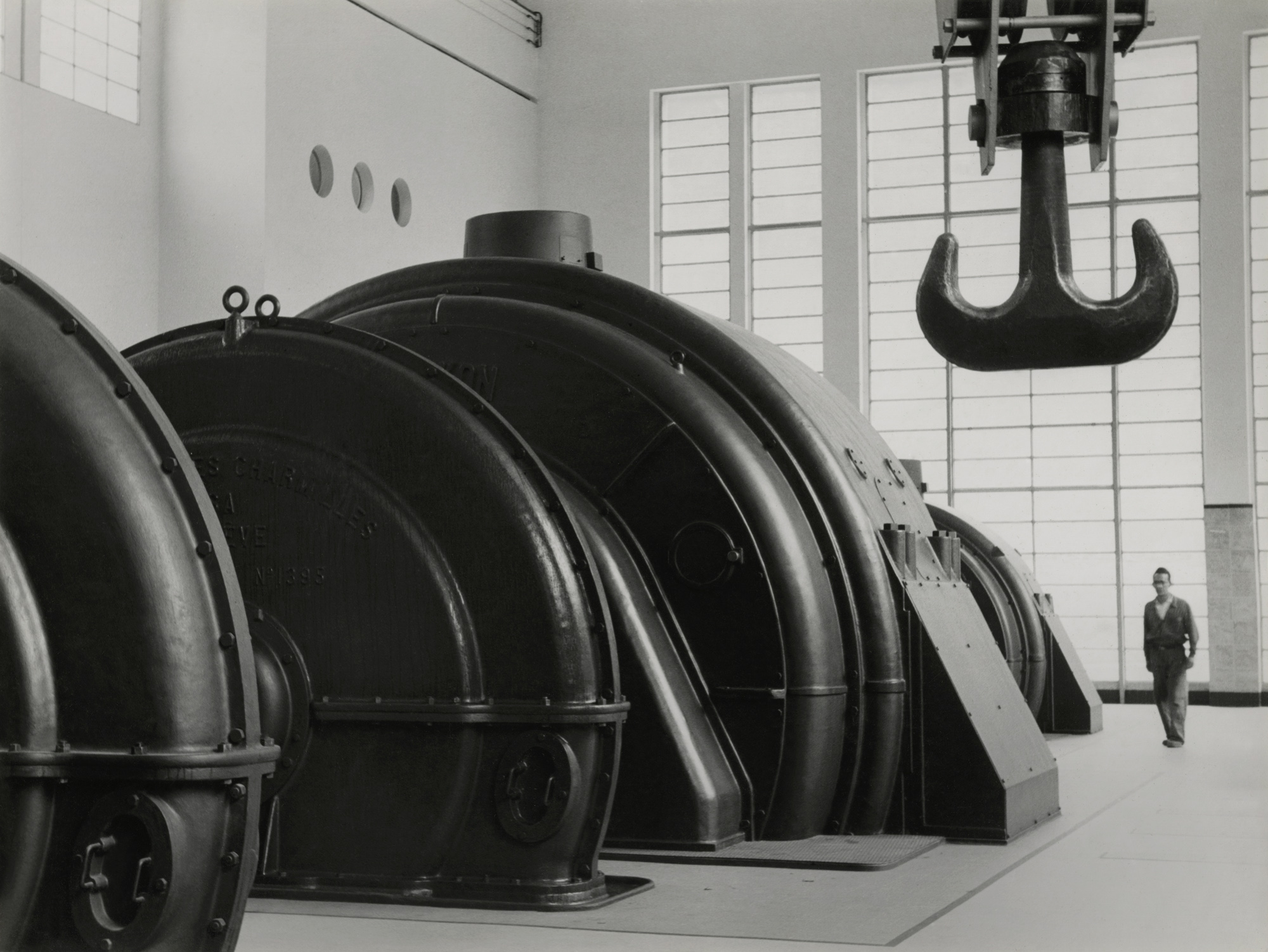
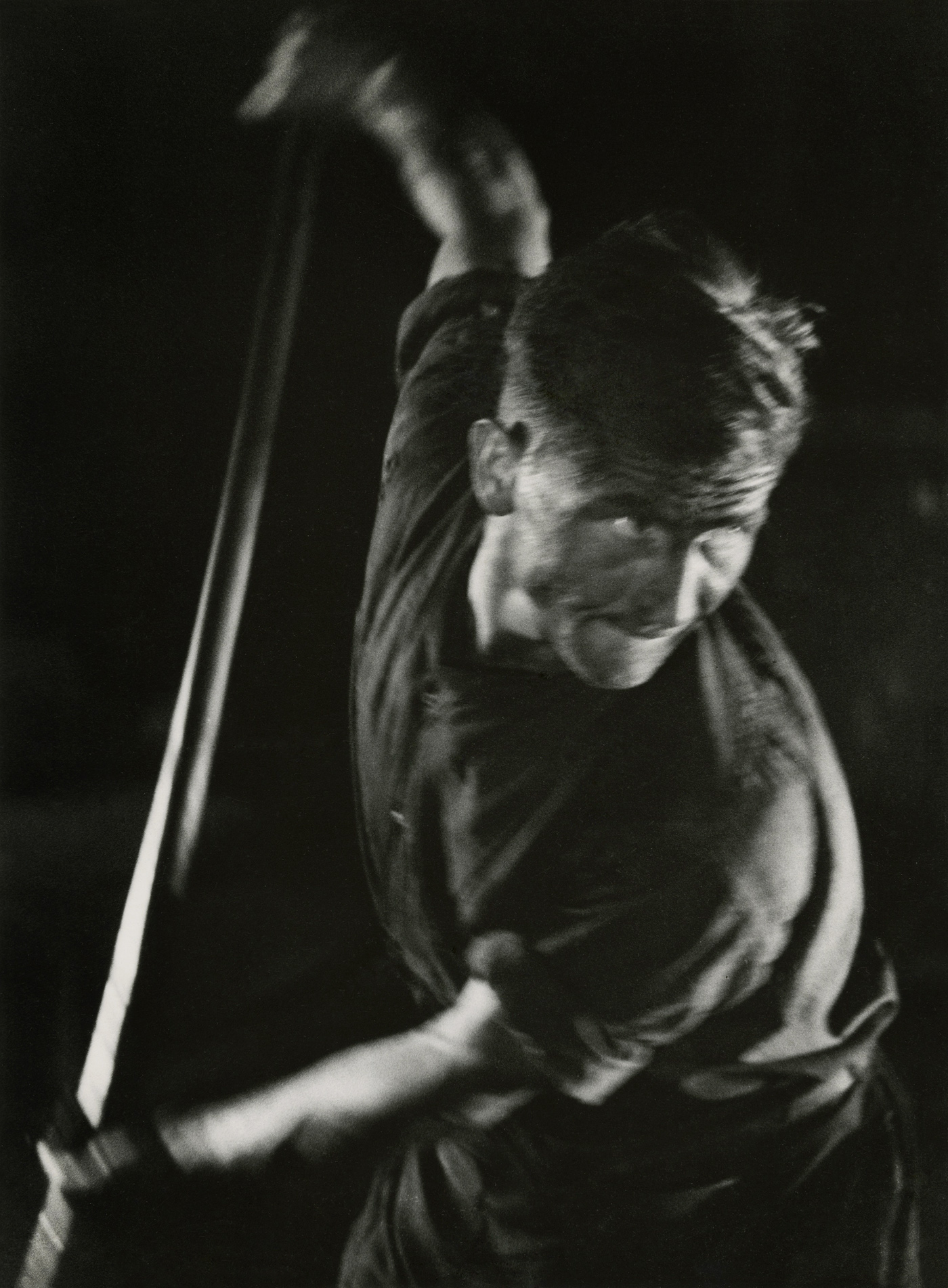
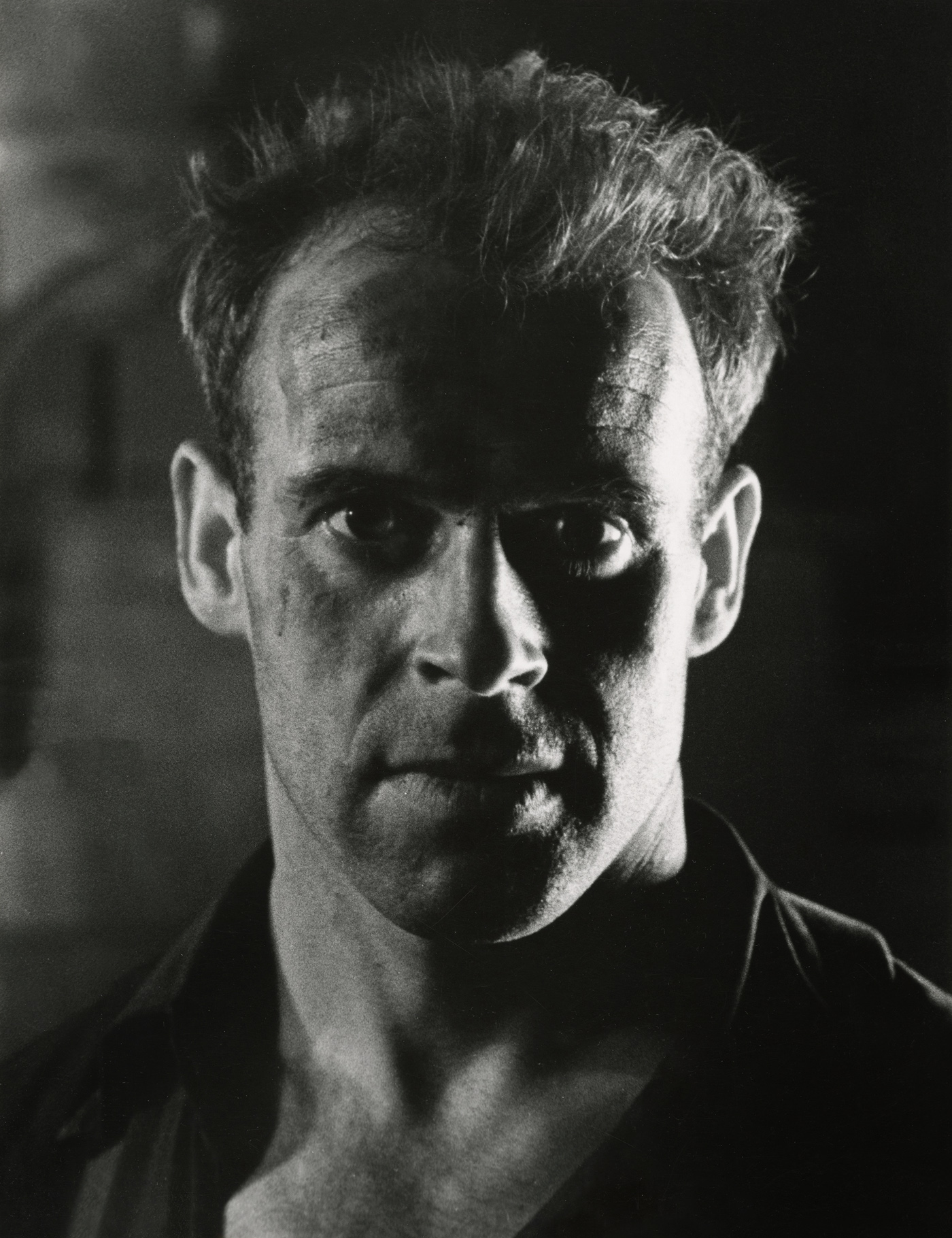
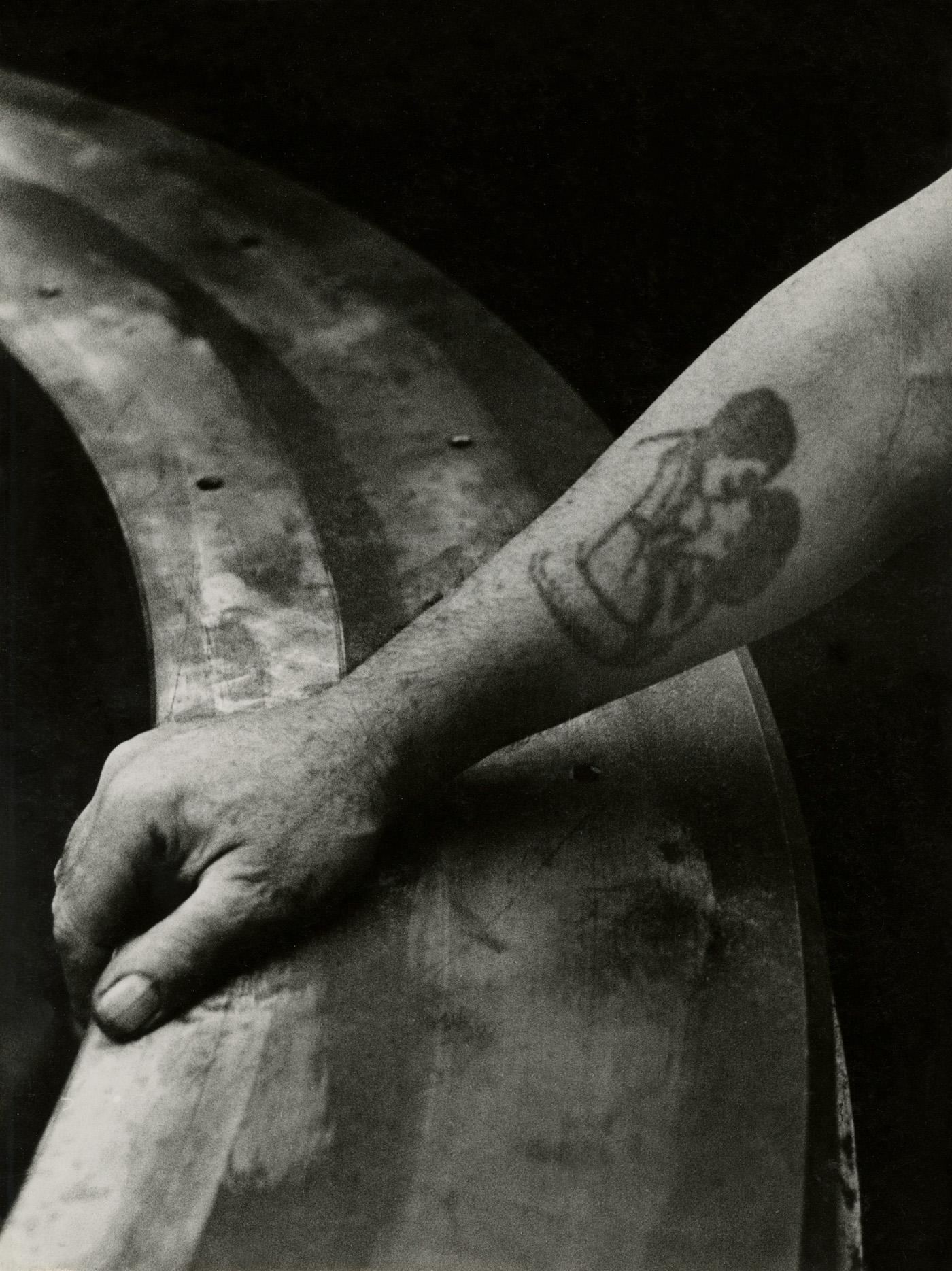
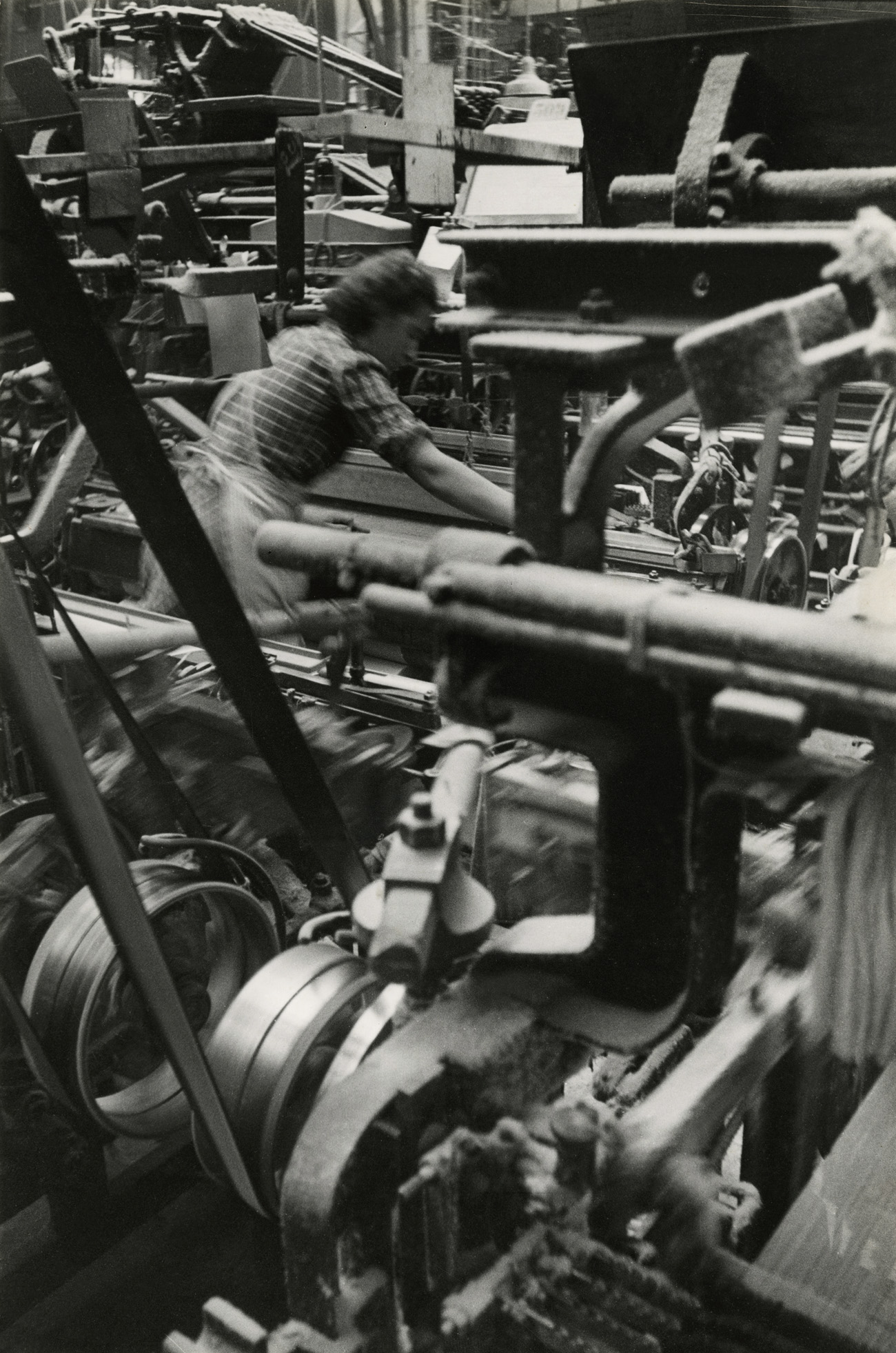
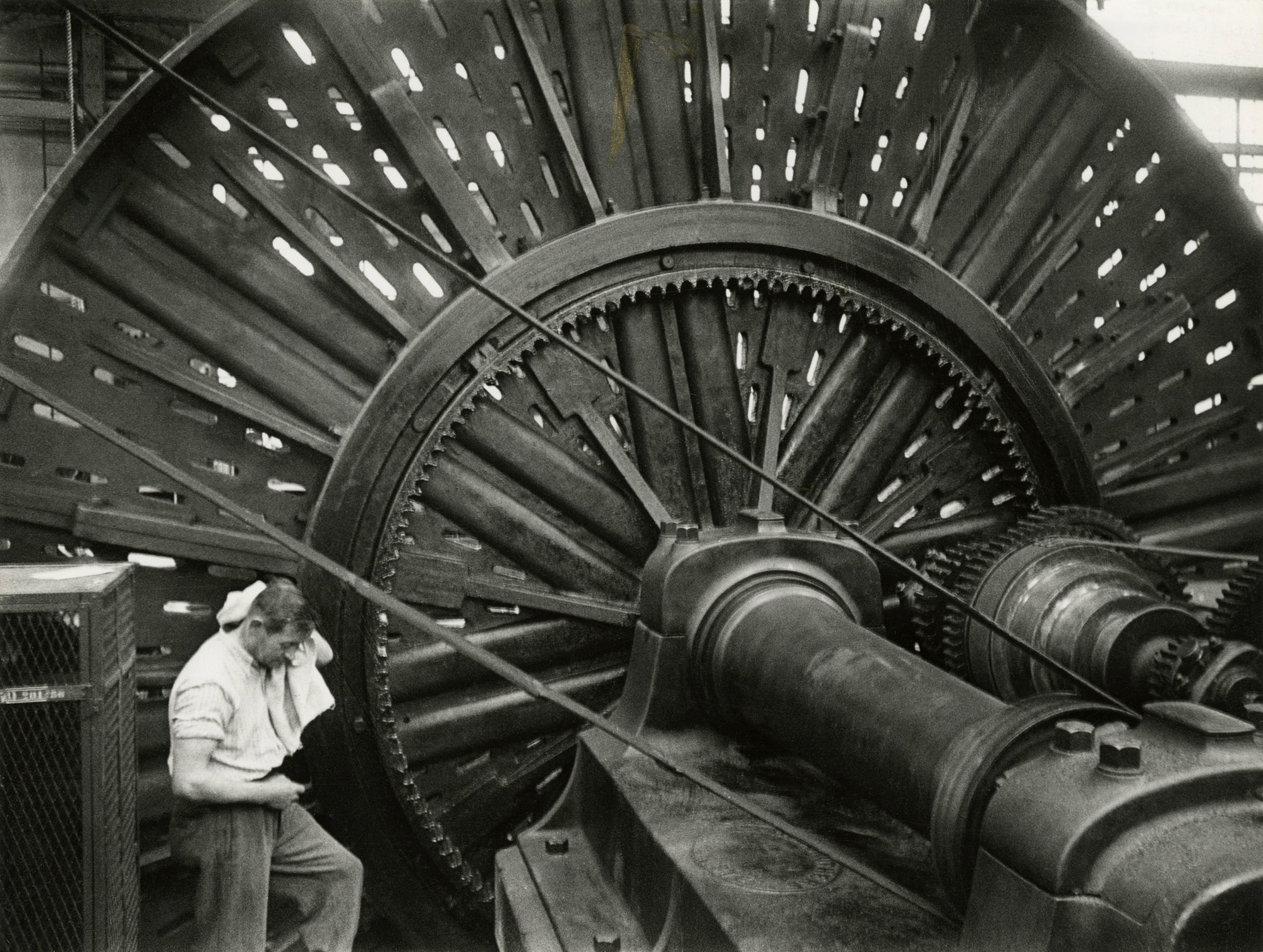
![Jakob Tuggener (1904-1988) Forgeron dans une fabrique de wagons de Schlieren [Blacksmith in a Schlieren wagon factory] 1949](https://flashbak.com/wp-content/uploads/2018/04/Jakob-Tuggener-Factory-Switzerland-7.jpg)
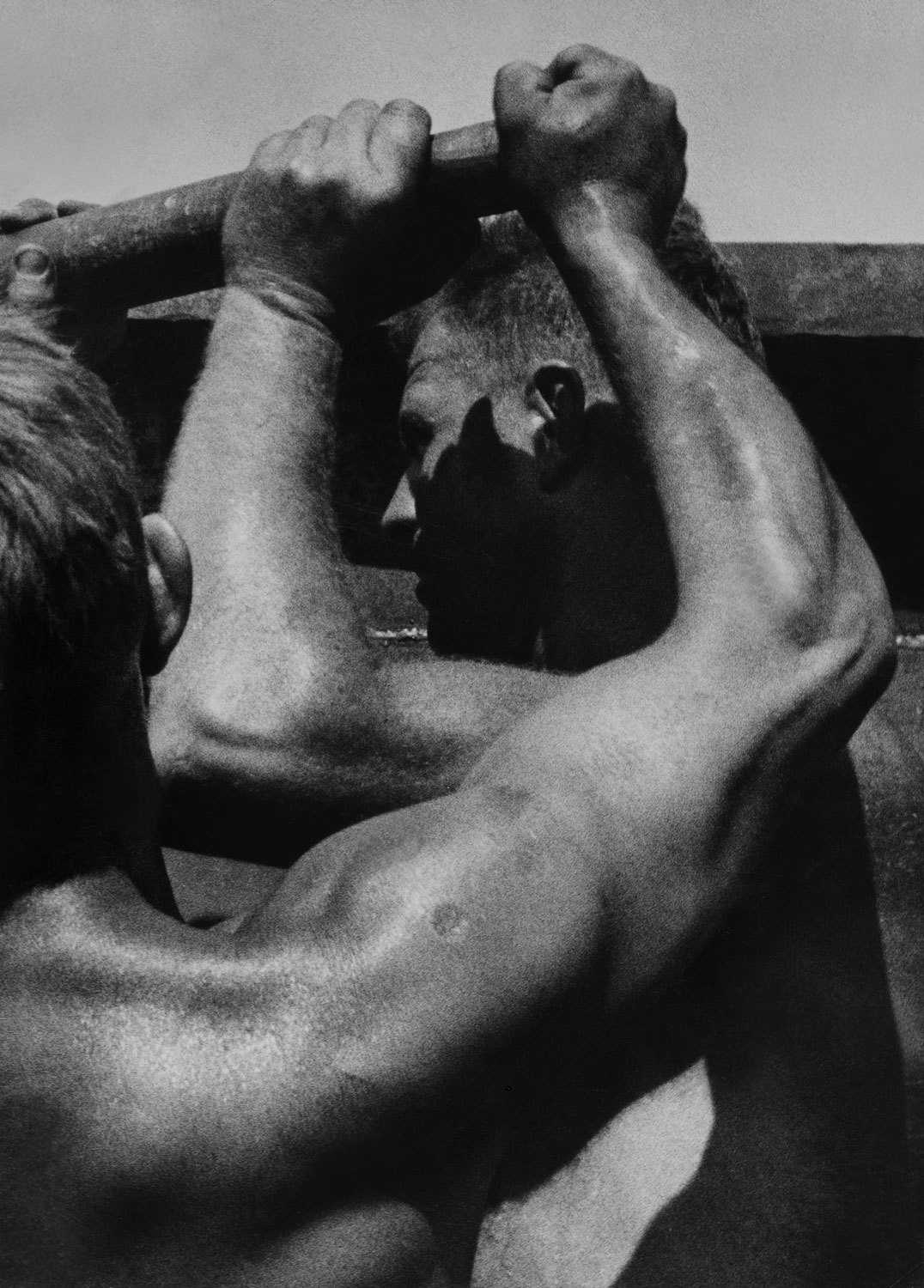
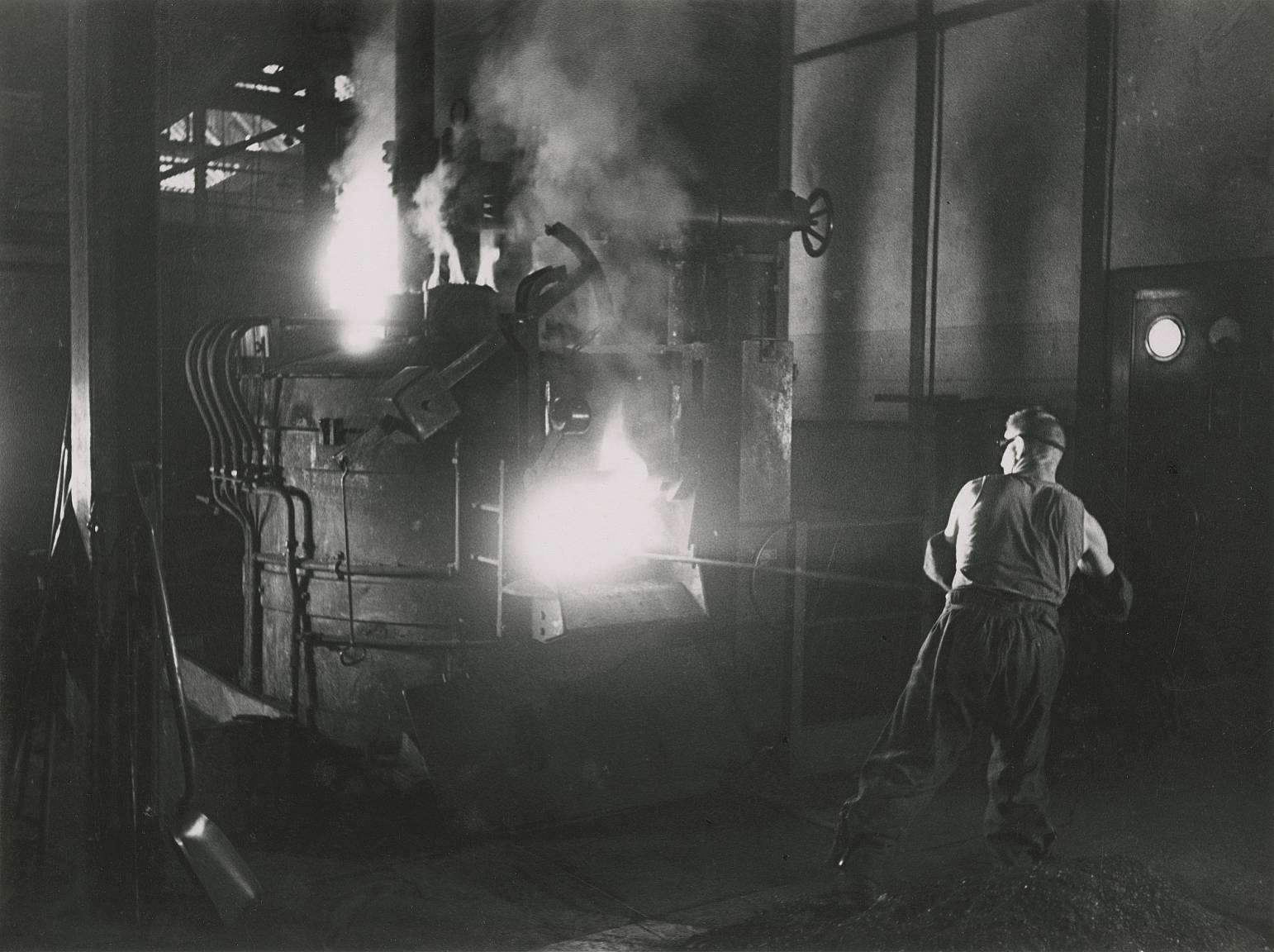
![Jakob Tuggener (1904-1988) Autoritratto, Zurigo [Self-portrait, Zurich] 1927](https://flashbak.com/wp-content/uploads/2018/04/Jakob-Tuggener-Factory-Switzerland-23.jpg)



